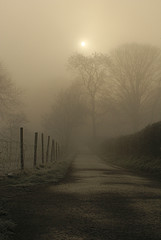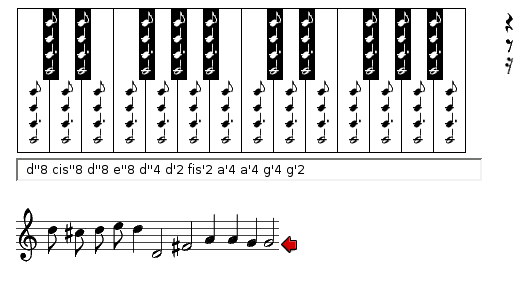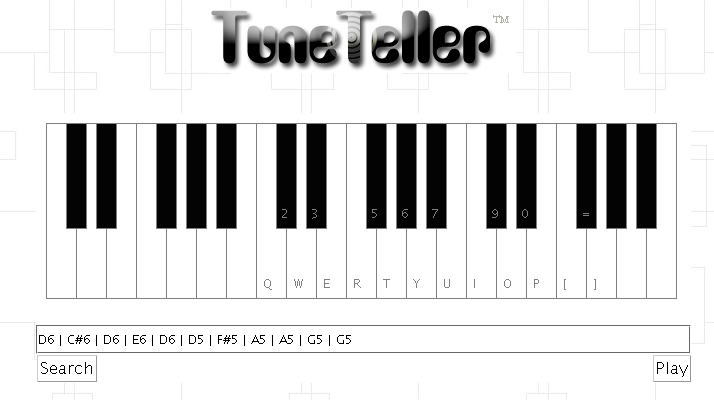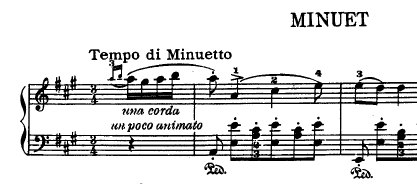
(Update 2007-03-16: See the end for revised time; the chronological calculation should of course be from solstice to solstice, not based on an arbitrary “year”.)
Slashdot just reminded me that March 14 is celebrated as Pi Day. 3/14? How gauche. 1:59pm? Local time?
Bollocks.
The commemoration of a transcendental constant should not be tied to the grubby political vagaries that resulted in the Gregorian calendar‘s accidents of number. Even worse, most of the world will write it as 14/3, which seems a bit depressing. (Even if the Europeans go for a Pi Approximation Day on 22 July, it doesn’t really improve matters.)
Those of us who truly appreciate pi should pick a more meaningful moment. There are plenty of candidates.
We’d like this to happen once a year so picking a chronological basis seems reasonable: how about when 1/pi-th of the year has elapsed?
At times like this, I turn to Frink.
> 1 year / pi -> days
116.26020272349755797
So, 116 days after the start of the year? That seems like a good start. Let’s see, as a date, that would be:
> #2007-01-01# + (1 year / pi) -> UTC
AD 2007-04-27 01:14:41.515 PM (Fri) Coordinated Universal Time
Now we’re getting somewhere! Let’s check what this works out to for the East Coast of the US:
> #2007-01-01# + (1 year / pi) -> EST
AD 2007-04-27 08:14:41.515 AM (Fri) Eastern Standard Time
Fair enough. Still, basing it off of the Gregorian New Year still seems pretty absurd. Let’s pick something tied to something observable. The winter solstice seems like a pretty good candidate.
According to the US Naval Observatory, the 2006 winter solstice was at Dec 22 at 00:22 UTC. The table is only accurate to the minute, so (assuming rounding rather than truncation) we’ll have to accept +/- 30 seconds of slop in our calculations.
> # 2006-12-22 12:22 AM UTC # + (1 year / pi) -> UTC
AD 2007-04-17 06:36:41.515 AM (Tue) Coordinated Universal Time
> # 2006-12-22 12:22 AM UTC # + (1 year / pi) -> EST
AD 2007-04-17 01:36:41.515 AM (Tue) Eastern Standard Time
Hm, you could certainly manage a celebratory drink around that time. Sadly, that’s 6 AM in the UK, which is much less congenial; consider scheduling a Pi Day-hangover for that time. On the other hand, it’s 3 PM on Tuesday in Japan.
A possible improvement would be to define the “Pi Point” from the physics of the Earth’s orbit, say, when the Earth has proceeded through 1/pi-th of its path around the Sun. In this case, picking perihelion (the closest approach of the Earth to the Sun) as the starting point would seem to be a good choice. 2007’s perihelion occurred on January 3. The Naval Observatory’s tables are only precise to the hour, so we just know it was sometime around 20:00 UTC.
Earth’s mean orbital velocity is 29.79 km/second. Unfortunately, that’s not enough information. Kepler’s Second Law tells us that the orbital velocity is not constant, and planets move faster while they are closer to the sun. This exceeds my present research . . . working this one out will require some astrophysical chops. (After writing this, I discovered than Wikipedia mentions April 26 as the date when “the distance of the Earth’s orbit divided by the time it has traveled so far is equal to pi”, so I’m not the first to tread these waters.)
For now, though, let us remember: the vulgar Pi Day is meant to deceive, drawing our eyes to the shadows cast by a shallow culture, away from Platonic Truth! Our arbitrary choices have revealed the TRUE Pi Day as April 17, 2007, with the chronosolsticial Pi Point occurring close to 06:36:41 UTC (+/- 30 seconds). Hoist a few pints in its honor; it doesn’t matter how many, as long as it’s a round number and enough to get you feeling a bit irrational.
Updated calculation: Rather than “1 year”, we need to calculate from solstice to solstice. The 2007 winter solstice will be on December 22 at 6:22 UTC. So:
> # 2006-12-22 12:22 AM UTC # + ((#2007-12-22 06:22 AM UTC# - #2006-12-22 12:22 AM#) / pi) -> UTC
AD 2007-04-17 04:26:34.655 AM (Tue) Coordinated Universal Time
> # 2006-12-22 12:22 AM UTC # + ((#2007-12-22 06:22 AM UTC# - #2006-12-22 12:22 AM#) / pi) -> EST
AD 2007-04-16 11:26:34.655 PM (Mon) Eastern Standard Time
Further updates to follow as imperfections are revealed and stripped away.




